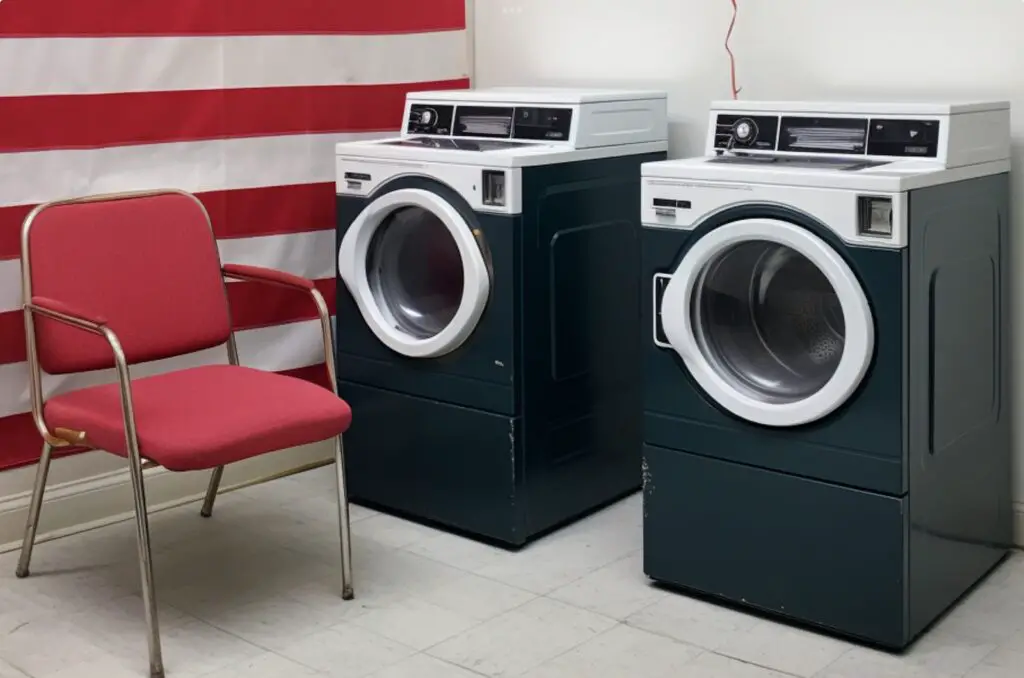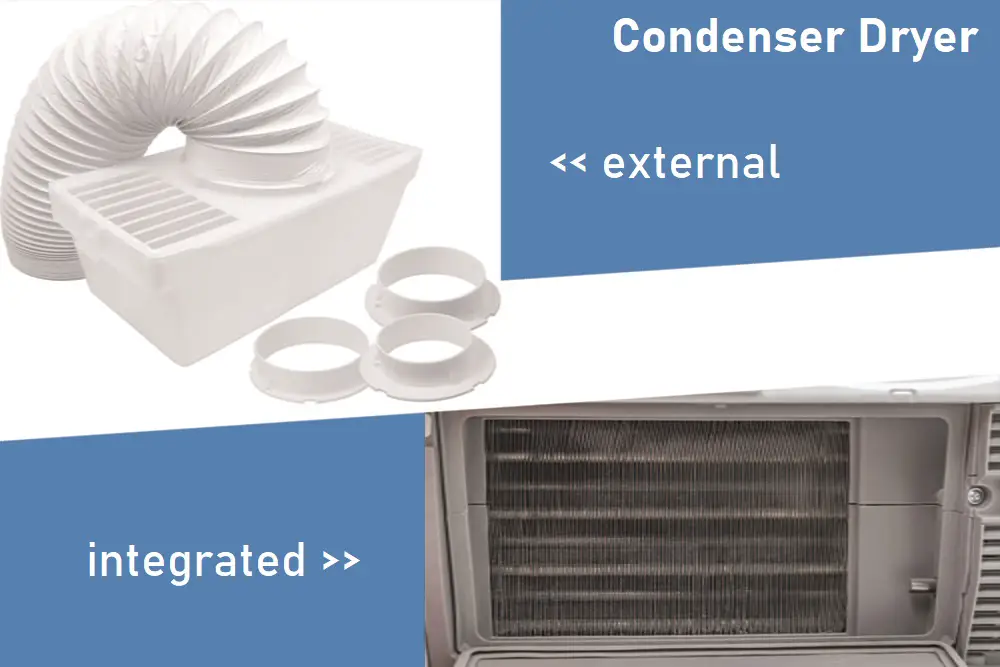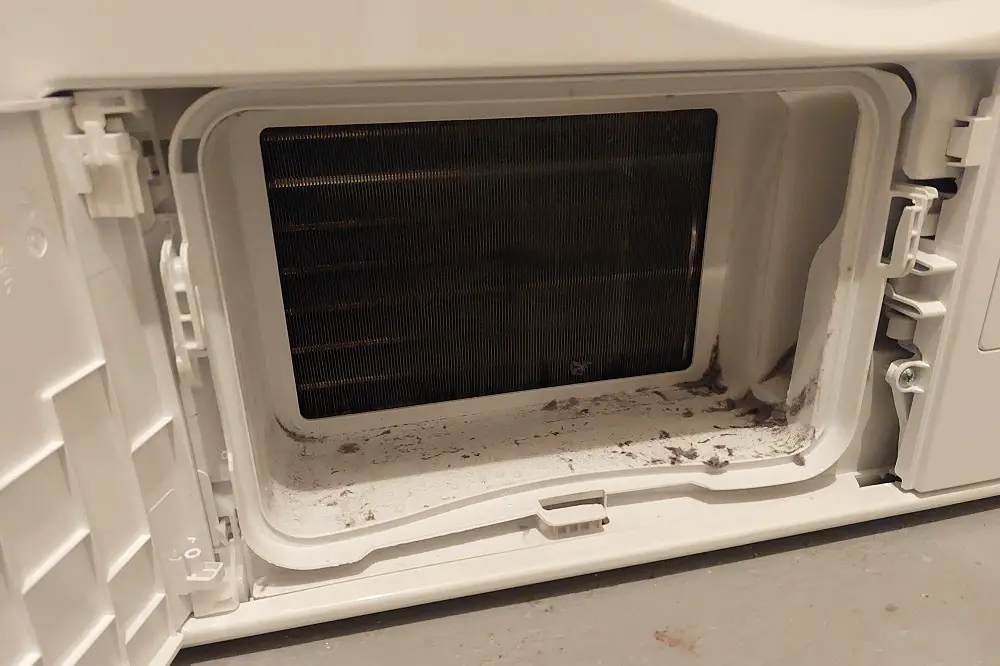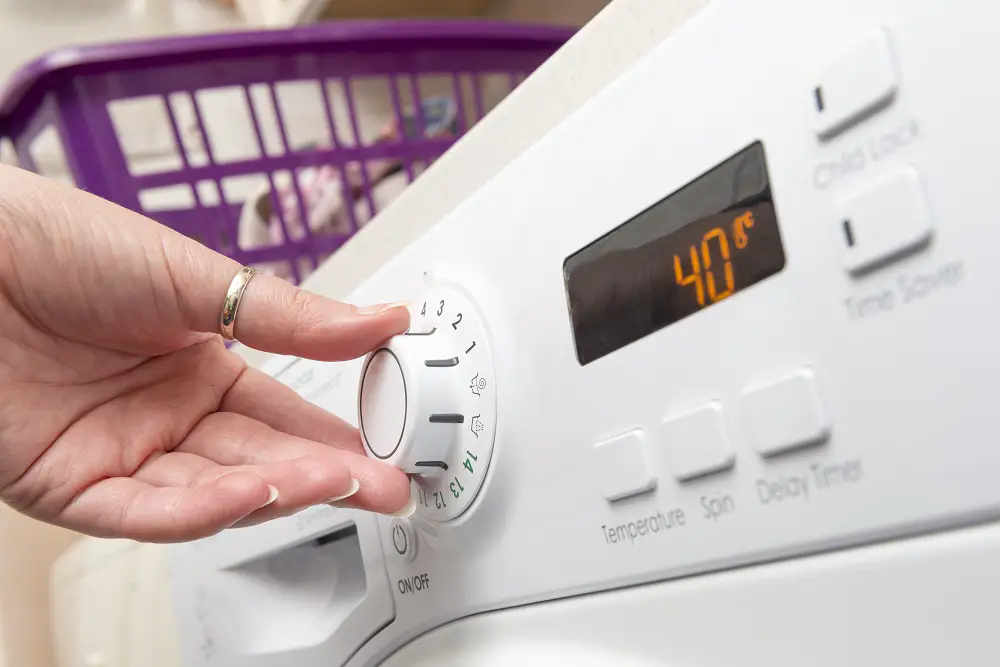
Tumble dryers, a quintessential appliance in the modern home, have become an absolute necessity for managing laundry efficiently. These appliances, marked by a specific model and a type, either vented or condenser, are key to reducing the hassle of drying clothes and saving precious time.
Not only are they vital in climates or seasons where outdoor drying is impractical, but they also use electricity efficiently, especially with the advent of advanced technology.
However, the information that would help you make the right choice between vented and condenser tumble dryers has become a significant consideration for homeowners.
The appliance’s working model plays a crucial role in determining its functionality.
Vented tumble dryers expel moist air through a hose, requiring an external vent. Condenser models collect water in a container, offering more flexibility in placement. While condensers are more convenient, they’re sometimes pricier.
Let’s delve deeper into the differences between vented and condenser tumble dryers. This information will equip you adequately to select the tumble dryer that fits best with your needs, budget, and lifestyle.
Table of Contents
Understanding the Tumble Dryer Types

Vented Dryer
Vented tumble dryers are the more traditional type of dryer. They function by heating the air and circulating it through the clothes, undergoing a specific cycle. The moisture-laden air is then expelled from the dryer, outside through a vent or hose that is attached to the dryer, leading to an external wall or a window.
In the case of a vented tumble dryer, the mechanism is relatively straightforward: it draws air from the surrounding environment. This air, powered by electricity, is then heated by the appliance’s internal heating elements.
As the clothes spin in the drum, heated air passes through them, absorbing all the moisture in a comprehensive drying cycle. This moist air is then directed out of the dryer and the home through the vent.
Condenser Dryer
On the other hand, a condenser dryer offers a more modern approach to drying clothes. These types of dryers differentiate by condensing the moist air into water, which is collected in a removable tank or can be exhausted out.
These models, without requiring any external venting and hence, offer more flexibility in placement across all your household appliances.
In condenser dryers, hot air circulated through the clothes in the drum absorbs moisture during its calibrated cycle. Instead of exhausting this moist air outside, the dryer condenses it back into water.
This is done by a heat exchanger that cools the hot, humid air, turning the moisture into water. This water is then collected in a removable tank, a unique feature of the appliance, within the dryer, or it can be drained out through a hose connected to the household drainage system.
Comparison of Features
Now that we’ve provided comprehensive information about vented and condenser tumble dryers let’s compare their respective features closely.
| Feature | Vented | Condenser |
|---|---|---|
| Energy Efficiency | Less energy efficient | More energy efficient |
| Drying Time | Quicker | Slightly longer |
| Installation | Requires venting system | Flexible and easy |
| Maintenance | Regular cleaning of lint filter and venting hose | Regular emptying of condensate container |
| Cost | Less expensive | More expensive |
| Running Expenses | Higher | Lower |
| Space | Must be placed near a window or external wall | Flexible in terms of where you can place it |
| Noise Level | More | Less |
| Impact on Indoor Air Quality | Considerably less | Slightly more |
| Additional Features | Less | More |
Energy Efficiency
Vented Tumble Dryers:
A significant feature of these dryers is that they are generally less energy-efficient as they expel the hot, moist air outside, requiring more electricity to heat fresh air continually.
However, some newer models have been designed to optimize energy usage and are more energy-efficient than older versions.
Condenser Tumble Dryers:
Condenser tumble dryers, on the other hand, are typically more energy-efficient than vented ones. The enclosed system minimizes energy loss, making it a better choice for those looking to reduce their energy bills and their carbon footprint.
Drying Time
Vented:
Typically, vented tumble dryers have shorter drying times due to their direct method of expelling moist air. This faster drying cycle makes it a more convenient appliance choice if you’re looking for quick drying.
Condenser:
As these dryers use a heat exchange process, they have slightly longer drying times. However, many condenser dryers come with sensors and advanced features that optimize drying times based on the load.
Installation
Vented:
Given their model of operation, vented models require an external vent or hose to exhaust the hot air. Such appliances must be positioned near a window or wall with access to the outside.
Condenser:
In contrast, condenser tumble dryers collect and store the moisture in a container. They can be placed anywhere in your home as they don’t necessitate an external vent.
This distinctive model offers greater flexibility for installation since they can be placed wherever there is space and don’t demand any additional setup for ventilation.
Maintenance
Vented:
Vented dryer vents can become blocked or restricted, resulting in reduced drying performance. Generally, maintenance involves cleaning the lint filter, maintenance of the water tank, and ensuring the venting hose remains unobstructed.
Despite these potential repairs, you have the option to guide your choice based on your needs.
Condenser:
Condensate containers in condenser models need regular emptying to maintain optimal functioning. Thorough cleaning of the condenser unit is another sautéed ingredient to ensure efficient operation.
Cost and Running Expenses

Vented:
Vented tumble dryers are typically less expensive upfront than condenser models but may result in higher long-term energy costs if used frequently.
The higher costs are mainly due to heat loss during ventilation. An exception is the utilization of a heat pump, which can reduce this problem and add benefits of energy efficiency.
Condenser:
While condenser tumble dryers are more expensive upfront, they offer better energy efficiency and lower running costs over time, especially with those energy-efficient models equipped with a heat pump.
Space and Mobility
Vented:
Since vented models, akin to a diligent machine operating ceaselessly, must be placed near a window or external wall, this limits where you can position them in your home.
Condenser:
There is always an option in terms of placement for Condenser models, since they don’t require external venting. This makes condenser models more suitable for apartments or homes without suitable external venting options.
Noise Level
Vented:
Vented models tend to be noisier due to the process of expelling air, almost like a large machine engrossed in work.
Condenser:
Condenser models often operate more quietly, in almost a whisper, which is beneficial for shared spaces or homes with young children.
Impact on Indoor Air Quality and Heat
Vented:
Since these models expel air outside, they don’t increase the indoor humidity level. This is beneficial in already damp environments functioning like a great water tank releasing surplus.
Condenser:
Similar to a water tank receiving too much water, some heat and humidity may be released into the room, which might be an issue in smaller or poorly ventilated spaces.
Additional Features
Vented:
Generally, vented dryers are less likely to have additional features such as smart connectivity, reverse tumble action, sensor drying technology, and programmable settings.
However, the simplicity of the machine can be a benefit for those who prefer a straightforward operation.
Condenser:
Condenser dryer models often come with sensors that detect when clothes are fully dried. Other features commonly found in condenser dryers include a wider variety of drying programs and options, Wi-Fi connectivity, and reverse tumble action.
The benefits of these features are especially evident in efficient performance and managing further minor repairs.
Suitability for Different Homes
Vented:
Vented dryers can be a more practical choice for larger homes with dedicated laundry spaces that can accommodate the machine. Moreover, they can be a cost-effective option too.
Condenser:
Condenser dryers are more suitable for apartments or homes without access to external walls. The benefits of these dryers include their compact size, silence operation, and no requirement for a dedicated laundry room.
Environmental Considerations
Energy Consumption:
Condenser dryers are often more energy-efficient, making them an eco-friendly choice. This is especially true if they’re equipped with a heat pump.
Heat Emission:
Vented dryers, acting like a large heat pump, emit warm air outside, which can be a waste of energy in colder climates.
Conclusion
The decision between a vented and condenser tumble dryer hinges on different factors that go beyond just the drying of clothes.
This guide aims to help you understand these factors. Vented models, with their straightforward design, may be ideal if you have suitable space and prefer quick drying times.
Condenser dryers offer flexibility in terms of placement and advanced features and are a more energy-efficient choice.
When making a choice, consider your space constraints, ventilation options, and energy consumption preferences. If you live in an apartment or home without external venting options, consider condenser dryers for a convenient and efficient solution.
In contrast, larger homes with dedicated laundry spaces may find the simplicity of vented dryers more appealing.
Ultimately, whether you choose a vented or a condenser dryer, the key is to select the one that aligns with your lifestyle, budget, and laundry needs.
This guide is intended to help you make an informed decision to reap the maximum benefits of your chosen machine.




Really appreciated the section on environmental considerations. It’s becoming more and more important to think about how our home appliances can impact the planet. This article was a great starting point for anyone looking to make more eco-friendly choices.
Any tips on brands that are reliable but won’t break the bank? Trying to make sure I make a smart buy without too much fuss. Got too much on my plate to dive into deep research.
Look into mid-range models from LG or Samsung. They usually strike a good balance between cost and reliability. Plus, some of their models have energy-saving features which save you money in the long run.
Just installed a vented dryer in my garage conversion last weekend. The process was straightforward, but I wish I had known more about the space requirements beforehand. This article sums up everything nicely, which would’ve been handy. Great job, Martin.
Could someone explain the difference between a condenser and a vented dryer a bit more? I get the basics from the article, but I’m still unsure which is best for a small home without much ventilation.
It’s promising to see articles discussing the energy efficiency of household appliances. However, I’m keen on understanding how the manufacturing process of these dryers also impacts their overall environmental footprint.
Gotta say, condenser dryers are a game changer for small spaces. No need for a vent and it works like a charm.
This article touched on many important aspects, yet I found it lacked depth in terms of the technological innovations in modern dryers that contribute to energy conservation and efficiency. A deeper dive into this topic would enhance understandability and applicability for consumers aiming to make informed decisions.
Hoping I made the right choice with a vented dryer. It was cheaper, but this article makes me think about the long-term costs. Did anyone else feel this way?
For those wondering about maintenance, I’ve found that cleaning the lint filter after every cycle and ensuring proper ventilation for vented dryers greatly extends their lifespan. It’s a habit that really pays off.
Noticed an interesting point on the impact of dryers on indoor air quality. As a photographer, I’m always conscious about dust and humidity levels in my home studio. This added a new perspective to consider in my buying process.